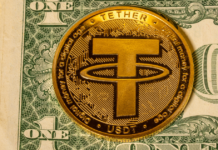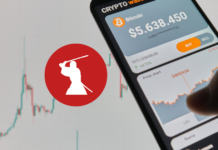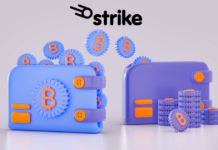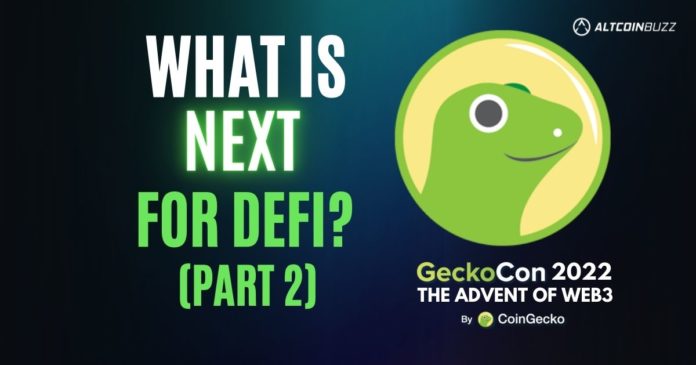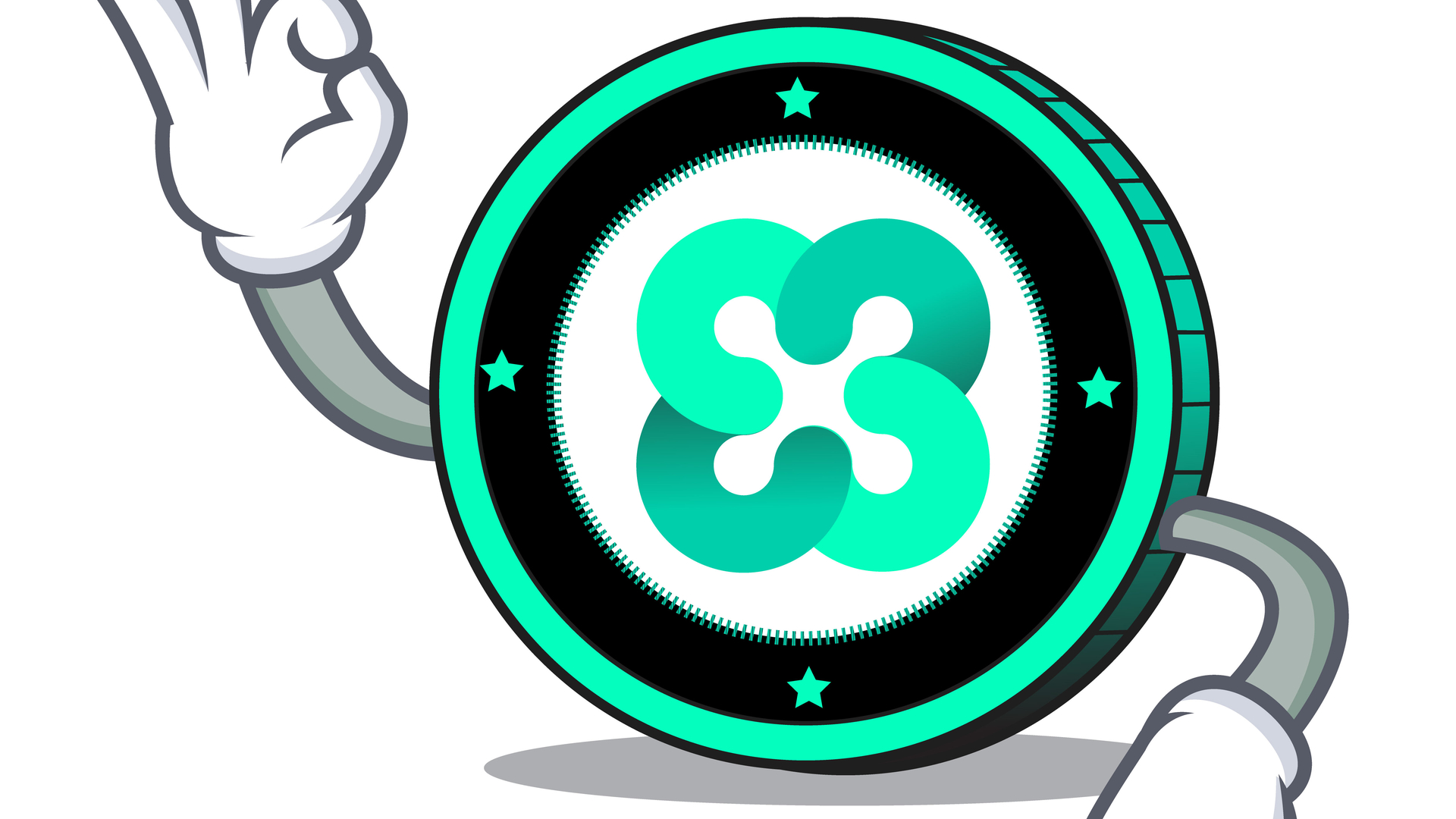This is the follow-up article for the “What’s Next for DeFi?” panel. This presentation is part of GeckoCon 2022. You can read Part 1 of this panel discussion here.
The “What’s Next for DeFi” panel was moderated by George Harrap (co-founder of Step Finance). The panelists included Murloc (co-founder of Trader Joe), Ivan GBI (Gearbox and LobsterDAO core contributor), and Michelle Sun (Project Serum core contributor).
Is Fragmentation a Problem?
Is it a problem or merely consolidation in DeFi? Should we worry about this?
Ivan
There are many yield aggregators. Each of them offers something different. However, for the user, they’re all the same. Put money in and take profit out.
He thinks that fragmentation will always happen. All products build in parallel. Each one will discover something new. How fast will competitors pick up on it? Or will there be a new protocol that adopts all previous knowledge and features?
As a chain, they don’t care too much who wins in the end, besides security issues. However, do you really need a new protocol? The chain opens up to more risk since the new products require testing. He also questions if users always require a new protocol.
Murlock
Avalanche, as an alt chain, is slightly different. They may attract users with a different philosophy. Still, they experience fragmentation. For example, with stablecoins. Avalanche has its native stablecoins. But still, some days, DAI trades more than their native stables.
This boils down to different beliefs – some people just like DAI. They like to avoid fragmentation, since it’s not good for them. At the end of the day, they want the deepest pool possible. However, it does show diversity.
George agrees and adds that some people have no idea how their money works. One composed product can stack somewhere else. This new result is then once more stacked somewhere else, etc.
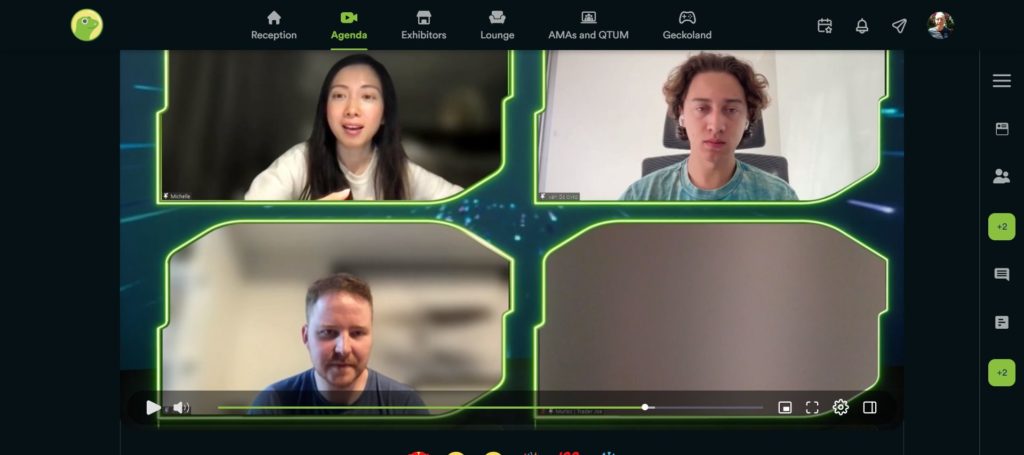
Michelle
Different Layer 1 chains appeal to different people. This variety of options is a good thing. Bridges and multichain will make it easier to move between chains. In the end, users don’t need to know what chain something is built on. Layer 1s will abstract away from the end users. It is important that the back end provides value to different front ends and use cases. Users will not choose an L1 but will choose the best user experience. For example, low-cost and fast transaction speed.
George remarks that this may be a double-edged sword. He thinks that the issue that arose in CeFi stems from this. Users went to CeFi lenders because it was easy. No 24-word back up phrase on MetaMask and no hardware wallets. They just download an app and off they go.
Nonetheless, despite what happened over the last few weeks, DeFi held up. It performed well and everything worked as expected. Will this bring more people to DeFi?
Will the Problems in CeFi Drive More People to DeFi?
Ivan
Regulators are waking up but in a shortsighted way. They can’t differentiate. On the other hand, users can learn everything. There’s also no need to know about the whole stack. Although regulators can slow things down, users in the know will always find a way to enter DeFi. For developers, it’s the same. Other developers will follow the smart ones who choose DeFi. In the end, all will follow.
Murlock
He thinks this won’t happen in the short term. Decentralized finance itself isn’t doing that great and has its own challenges. Many people got hurt by the Terra/Luna issue. He also thinks that people like what they are familiar with and what they think they can trust. Like suits and ties. In DeFi, you have an avatar, and everybody accepts it and thinks it’s legit. It’s a different mindset.
So, DeFi needs to do a better job with onboarding new users. DeFi has to make people feel safe.
Michelle
Serum wasn’t affected, everything works just fine. However, it impacted users and partners. This makes everything interconnected. In a centralized world, many things happen behind closed doors. In decentralized worlds, there’s more transparency. This leads to more debate and accountability.
The current protocol builders are like trailblazers. There’s no playbook, they figure everything out along the way. She states that open communities are important.
George says that Ethereum was the standard in early DeFi. Many new users may have never used Ethereum. Will there be one chain where people end up, or is there space for many chains? So, the question is:
In DeFi, Will the Winner Take All?
Murlock
He sees himself as an alt chain maxi and expects a multichain environment. But what will the Ethereum dominance be? He expects Avalanche and Solana to become important chains. DeFi is not a one-size-fits-all approach. However, he does expect Ethereum to remain in the driver’s seat. He expects the next one billion users to come from other chains. Even from chains that currently don’t exist.
Michelle
She expects a multichain future. Different chains serve different use cases. It’s about supply and demand. Supply means better tools for developers, so they can go to new chains like Solana. Also have Web2 devs join the blockchain, since they have experience in scaling.
Demand is about the onboarding of users. The user experience needs to improve. DeFi needs to bring in the design and the experience.
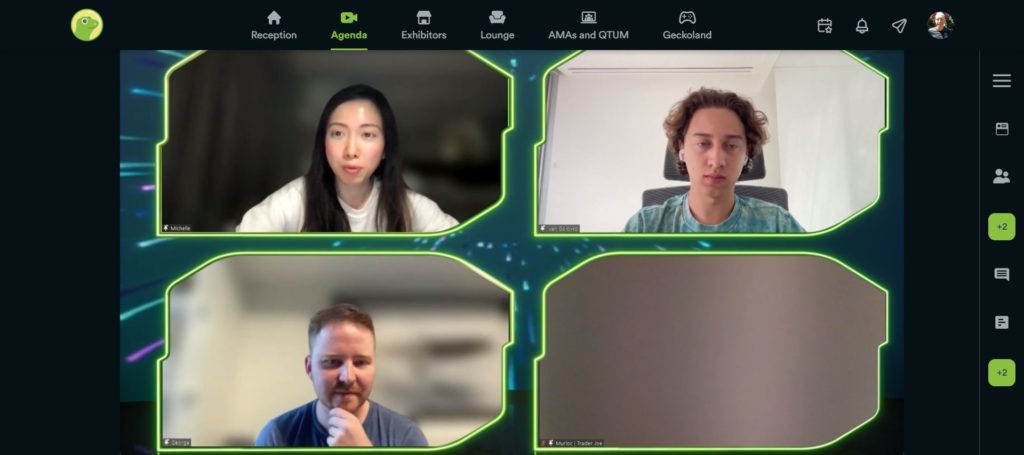
Do Users Understand the Risk Involved?
Ivan
All protocols have different UIs. He doesn’t think there will be a standard anytime soon. Nonetheless, he does expect a multichain environment. Users can choose, but developers have less choice. They have to think of liquidity thresholds and liquidity in general. This brings more risk and work.
What Are Some Waypoints for DeFi in the Next Six Months?
Murlock
The scalability of Ethereum and L2s. With EVM-compatible chains, there’s this question. If Ethereum can offer the same cheap price, will users move elsewhere?
Michelle
Focus on building and supporting ecosystem projects. Build apps that are easy-to-use for users.
Ivan
Currently, DeFi is permissionless and composable. It has many choices and freedom. He hopes that regulation won’t change that.
George says that you need to keep doing your own research, at all times.
Conclusion
This was an interesting discussion about what’s next for DeFi. We heard the panel say that DeFi must put much emphasis on the user experience. Easier UIs and the need to make the user feel safe. Furthermore, it requires plenty of explanations for new DeFi users as they have no earlier DeFi reference or experience.
Regulation is the one issue that may change how DeFi currently works. In the same vein, many EVM platforms eagerly await The Merge to see if their platforms remain relevant.
⬆️For more cryptocurrency news, check out the Altcoin Buzz YouTube channel.
⬆️Find the most undervalued gems, up-to-date research and NFT buys with Altcoin Buzz Access. Join us for $99 per month now.


